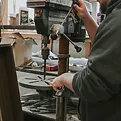Scheel Window and Door
Locally manufacturing and expertly installing quality windows and doors since 1948
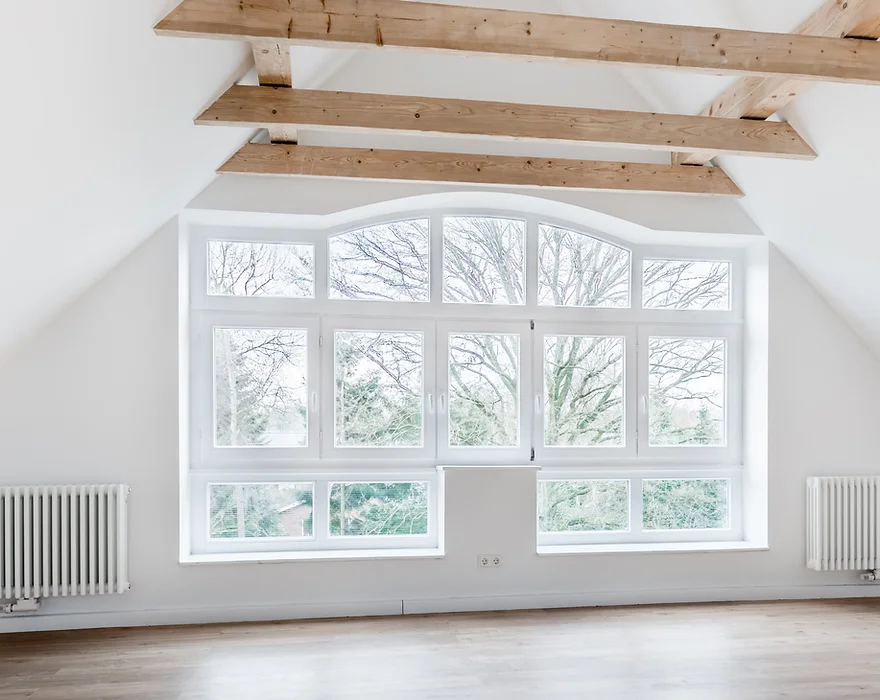
Who We Are
Since 1948 Scheel Window and Door has been manufacturing and expertly installing quality energy efficient windows in Arnprior and the Ottawa Valley. As a local family owned company we take pride in our products meeting the highest standards in the industry. Scheel Window and Door has a history and reputation that has been built and carefully nurtured for over 75 years. Trust, quality, expert installation and service have been the foundations of our success.
upgrade your windows to SCHEEL Energy Efficient Windows
Our Products
Window and door installation for homes, multiple dwelling buildings, new construction and businesses in Ottawa, the Valley and surrounding communities.
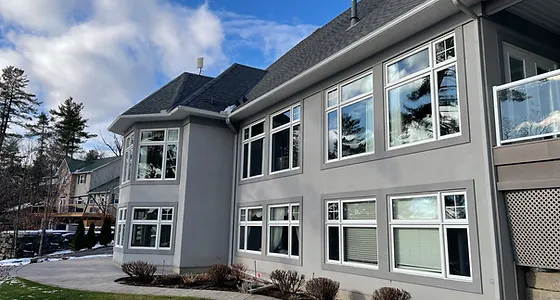
PVC Windows
When it comes to windows for your home beauty, safety, and value can - and should - go hand in hand.
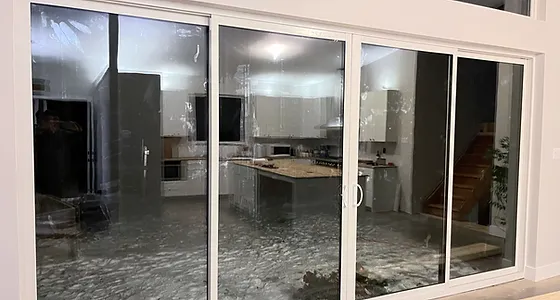
Patio Doors
Discover superior efficiency, durability and quality with our multi-chamber
patio doors.
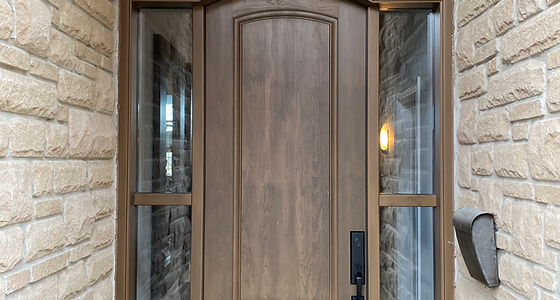
Exterior Doors
Explore our high performing and energy efficient fiberglass and
steel doors.
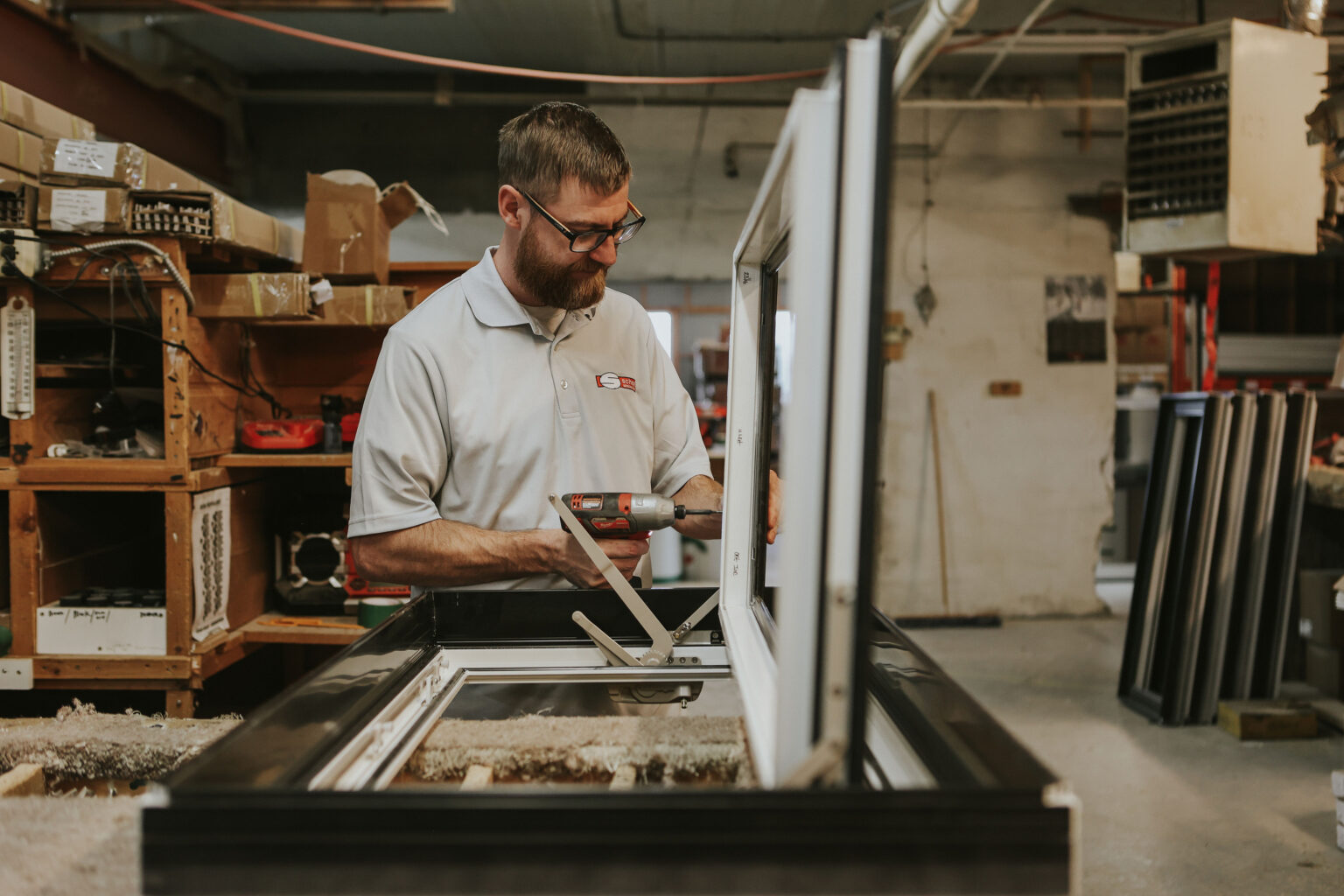
6 Reasons to Buy Scheel
Our windows and doors are manufactured to provide you comfort year round, saving you money on heating and cooling costs . In addition to temperature regulation our windows reduce noise levels, provide additional structural support and increase property value. Invest in your home today with new Energy-Star certified windows from Scheel.
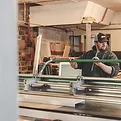
Experienced Professionals

Satisfaction Guaranteed

Convenient Scheduling
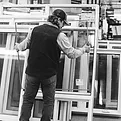
Removal of Old Windows
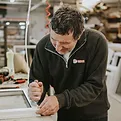
No Job is too Small
